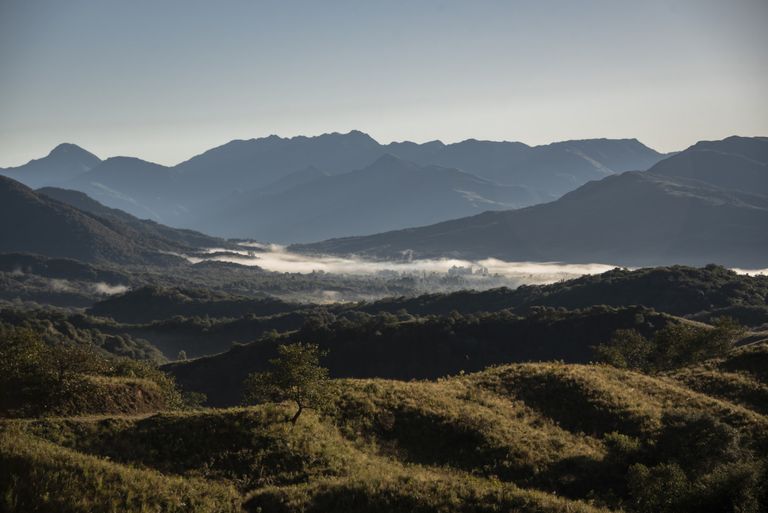
Baritú National Park is located in the Department of Santa Victoria, in the Province of Salta, Argentina.
It was created in 1974 and covers 72,439 ha of forest territory.
It preserves in its natural state the yunga biome, characterized mainly by the pluvisilva, of the nimbosilva, montana type.
It is the northernmost of the four National Parks that represent the “Selvas de las Yungas” and therefore the closest to the “mother forest” of the equatorial strip of our planet.
It protects a portion of the Ecoregion called “Selva de las Yungas” or “Selvas de Montaña”.
It is located in a landscape enclosed by the hills De las Pavas and Negro, and crossed by abundant, plentiful, fast-flowing rivers and streams, among which the Baritu (Barita) stands out, together with the Lipeo and the Las Pavas River, all originating in the easternmost cord of the Andes Mountain Range, and members of the great basin of the Plata, to which they flow through the Bermejo River.
As of April 2005, it is the only purely tropical park in the country (those of Iguazú, Pilcomayo, Calilegua, Formosa, Iberá, etc., although they have many tropical characteristics, are in subtropical zones).
A green bridge between the earth and the sky, Baritú National Park is a valuable enclave for the conservation of one of the most biodiverse regions of Argentina: the mountain forest or Yungas.
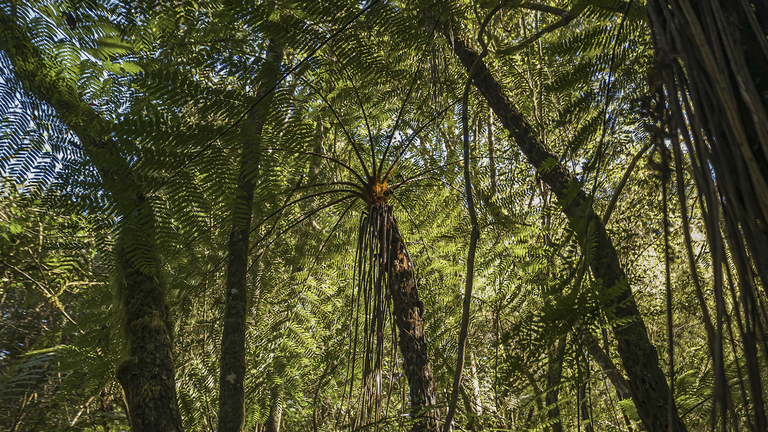
El Parque Nacional Baritú se encuentra en el Departamento de Santa Victoria, en la Provincia de Salta, Argentina.
Fue creado en 1974 y abarca 72.439 has de territorio fragoso.
Conserva en estado natural el bioma de la yunga, caracterizado, principalmente por la pluvisilva, del tipo nimbosilva, montana.
Es el más septentrional de los cuatro Parques Nacionales que representan las “Selvas de las Yungas” y por tanto el más cercano a la “selva madre” de la franja ecuatorial de nuestro planeta.
Protege una porción de la Ecoregión denominada “Selva de las Yungas” o “Selvas de Montaña”
Se encuentra en un paisaje encerrado por los cerros De las Pavas y Negro, y recorrido por abundantes, caudalosos y correntosos ríos y arroyos entre los que se destaca el Baritu, Barita), junto al Lipeo y al río de Las Pavas, todos originados en el cordón más oriental de la cordillera de los Andes, e integrantes de la gran cuenca del Plata, a la que afluyen a través del río Bermejo.
En abril de 2005, es el único parque netamente tropical del país (los del Iguazú, Pilcomayo, Calilegua, Formosa, Iberá, etc. aunque reúnen muchas características tropicales, se encuentran en zonas subtropicales).
Puente verde entre la tierra y el cielo, el Parque Nacional Baritú es un valioso enclave para la conservación de una de las regiones de mayor biodiversidad de la Argentina: la selva de montaña o Yungas.
Nature. / Naturaleza.
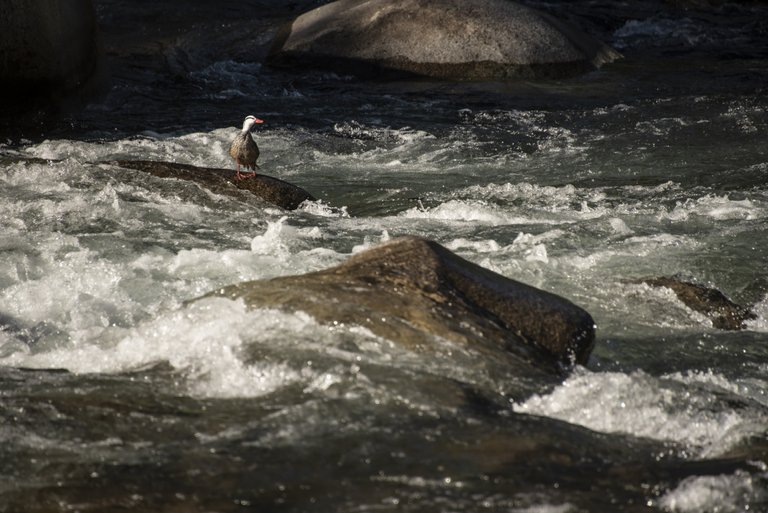
The Park is located in the Sub-Andean Sierras of Salta, with altitudes between 1800 and 2000 meters above sea level. Both the intermountain valleys and the summits are covered by an exuberant vegetation composition, typically jungle. In the thickness of this tapestry it is possible to recognize the existence of vegetal strata such as the herbaceous, then the shrub of undergrowth and above these, two or three more levels, made up of different forest species. In addition, there are creepers and lianas that, in search of light, successfully compete with the tallest trees, leaning on their branches.
Another typical aspect of the jungle environment is the quantity and diversity of epiphytes. Some are attached to the bark of the trunks (shelf mushrooms, orchids, air carnations), others - ferns, bromeliaceae such as “chacra de mono”, fungi, mosses, lichens, - grow mounted on the branches of huge trees.
The undergrowth is complex in terms of diversity and density of species, with sectors of dense reed beds transformed into impassable plant walls. In sectors of the same the bush composition is differentiated from the rest by the presence of showy arborescent ferns.
The arboreal community gathers a large number of species which vary according to the altitudinal levels, from the valleys to the crests of the mountains. At the lower levels, forest species such as jacaranda, peteribí, viraró and quina grow. A singular species by its behavior is the maroma, whose seed germinates in the branch of a tree, expands and extends its roots to the ground and then develops its trunk and branches wrapping and, even, drowning the specimen that gave it support.
In the intermediate heights of the slopes, up to around 1400 m.a.s.l., live imposing Salta cedars, the yellow lapacho, the horco-molle, the criollo walnut and others. Above this elevation, the jungle loses biodiversity and acquires the character of a forest, in which the coniferous pino del cerro, alder and walnut stand out.
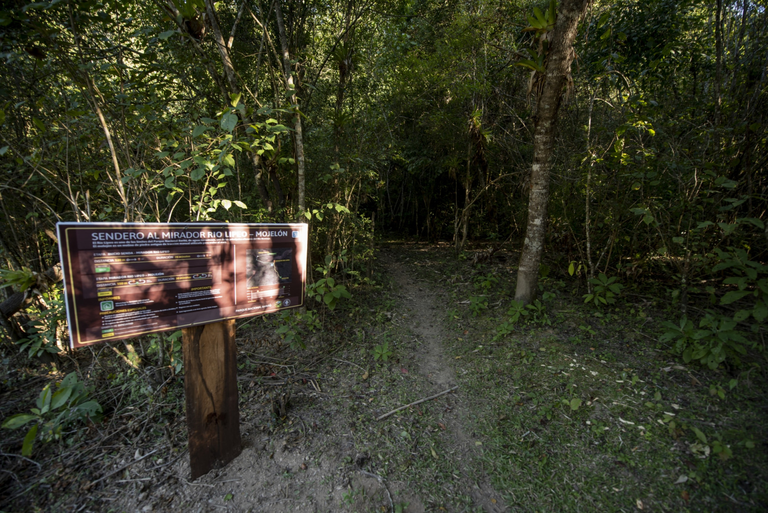
El Parque está instalado sobre las Sierras Subandinas de Salta, con alturas entre los 1800 y los 2000 m.. Tanto los valles intermontanos como las cumbres están tapizadas por una exhuberante composición vegetal tipicamente selvática.
En el espesor de ese tapíz es posible reconocerr la existencia de estratos vegetales como el herbáceo, luego el arbustivo de sotobosque y por encima de estos, dos o tres niveles más, conformados por distintas especies forestales. A todo ello se suman enredadera y lianas que, buscando luz, logran competir exitosamente con los árboles más altos, apoyándose sobre sus ramas.
Otro aspecto típico del ambiente selvático son la cantidad y diversidad de epífitas. Algunas adheridas a la corteza de los troncos (hongos en repisa, orquídeas, claveles del aire), otras -helechos, bromeliaceas como “chacra de mono”, hongos, musgos, líquenes, - crecen montadas sobre las ramas de enormes árboles.
El sotobosque complejo por diversidad y densidad de especies, muestra sectores de densos cañaverales transformados en infranqueables murallas vegetales. En sectores del mismo la composición arbustiva se diferencia del resto por la presencia de llamativos helechos arborescentes
La comunidad arbórea reúne cantidad de especies las cuales varían según los niveles altitudinales, desde los valles hasta las crestas de las serranías. En los niveles más bajos se desarrollan forestales como el jacarandá, el peteribí, el viraró y la quina. Una especie singular por su comportamiento es la maroma, cuya semilla germina en la rama de un arbol, expande y alarga sus raíces hasta el suelo y luego desarrolla su tronco y ramas envolviendo y, aún, ahogando el ejemplar que le daba sostén.
En las cotas intermedias de las laderas, hasta alrededor de los 1400 m.s.m., viven imponentes cedros salteños, el lapacho amarillo, el horco-molle, el nogal criollo y otros más. Por encima de esta cota, la selva pierde biodiversidad y adquiere el carácter de bosque, en el que se destacan la conífera pino del cerro, el aliso y el nogal.
Avifauna.
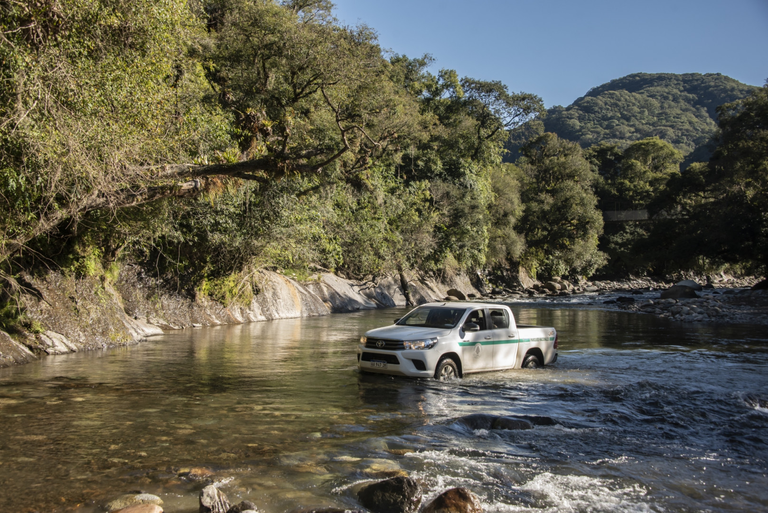
As for the fauna that inhabits the park, its composition and variety make it a resource of singular importance among the conservation objectives.
This is emphasized in the case of species such as the caí monkey, the river otter, the ocelot, the tapir, the yaguareté, which are not only part of our native fauna but also appear in the lists of endangered species, prepared by specialists in the field.
In better conditions there are other mammals, such as the puma, the ferret, the labiado peccary, the mayuato or washed bear, the corzuela, the tapir, the capybara and many others. An animal that is very curious because of its way of life is the aí-aí or sloth.
Thanks to its strong hooked nails, it lives and moves hanging from the branches.
Its movements are imperceptibly slow, so it is very difficult to spot it; to make matters better, the hairs (alveolate hairs) on its belly and sides develop chlorophyceous algae that give it a greenish hue that mimics the environment. Special mention should be made of the friendly and elusive squirrel, whose image is the center of attention in the Park's logo.
A particular chapter is that of the avifauna, whose biodiversity and exclusivity stands out over the same characters of the birds of other parks that house sectors of the Yungas (Calilegua N.P. and El Rey N.P.).
Birds of outstanding size are the condor and the red-headed and black-headed vulture. The large toucan, a variety of hummingbirds, parrots and the magpie are characteristic. Species such as the peregrine falcon, the widow eagle and the green macaw, whose possibility of survival outside the protected areas is critical, are safe in the park area.
Among the reptiles, there is a notorious variety of lizards, snakes and some venomous species (yarará chica). Around or in water sources, several species of toads, the notable marsupial frog and an endemic climbing frog can be observed. Among autochthonous fish, mojarras, old water fish, shads, catfish and dorados ar
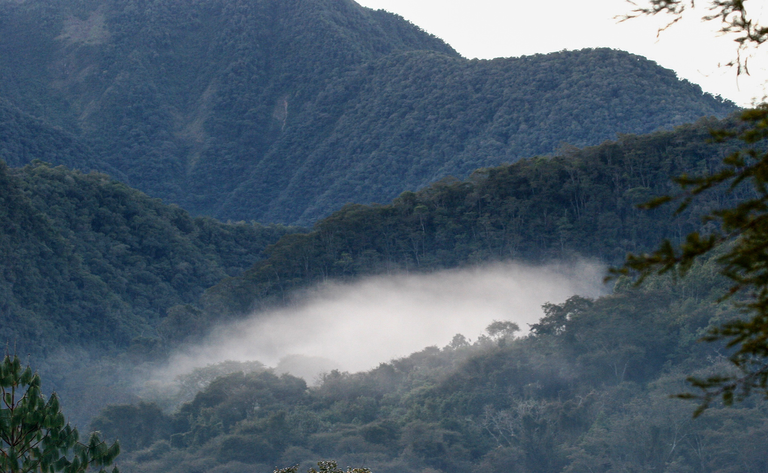
En cuanto a la fauna que habita el Parque, su composición y variedad hacen de la misma un recurso de singular importancia entre los objetivos de conservación.
Ello se enfatiza en el caso de especies como el mono caí, el lobito de río, el ocelote o gato onza, el tapir, el yaguareté, que no solo integran nuestra fauna nativa sino que además aparecen en los listados de especies en peligro de extinción, confeccionados por especialistas en el tema.
En mejores condiciones se encuentran otros mamíferos, como son el puma, el hurón, el pecarí labiado, el mayuato u osito lavador, la corzuela, el tapir, en las margenes de cursos de agua el carpincho y muchos otros. Un animal que resulta muy curioso por su forma de vida es el aí-aí o perezoso. Gracias a sus fuertes uñas en forma de ganchos, vive y se desplaza colgado de las ramas.
Sus movimientos son de una lentitud imperceptible por lo que es muy dificil descubrirlo; para mejor, en los pelos (pelos alveolados) del vientre y los laterales se desarrollan algas clorofíceas que le dan una tonalidad verdosa que lo mimetiza con el entorno. Cabe una mención especial para la simpática y escurridiza ardilla, cuya imagen es centro de atención en el logotipo del Parque.
Un capítulo particular es el de la avifauna, cuya biodiversidad y exclusividad se destaca sobre los mismos caracteres de las aves de otros parques que albergan sectores de las Yungas (P.N. Calilegua y P. N. El Rey).
Son aves de tamaño destacado el cóndor y el jote de cabeza colorada y el de cabeza negra. Son característicos el tucán grande, variedad de colibríes, loros y la urraca. En el área del Parque encuentran seguridad especies como el alcón peregrino, el águila viuda y el guacamayo verde, cuya posibilidad de sobrevida fuera de las áreas protegidas es crítica.
Entre los reptiles es notoria la variedad de lagartijas, de culebras y alguna forma venenosa (yarará chica). En derredor de fuentes de agua o en ellas, pueden observarse varias especies de sapitos, la notable rana marsupial y una endémica rana trepadora. Entre peces autóctonos son comunes las mojarras, las viejas de agua, los sábalos, los bagres y los dorados.
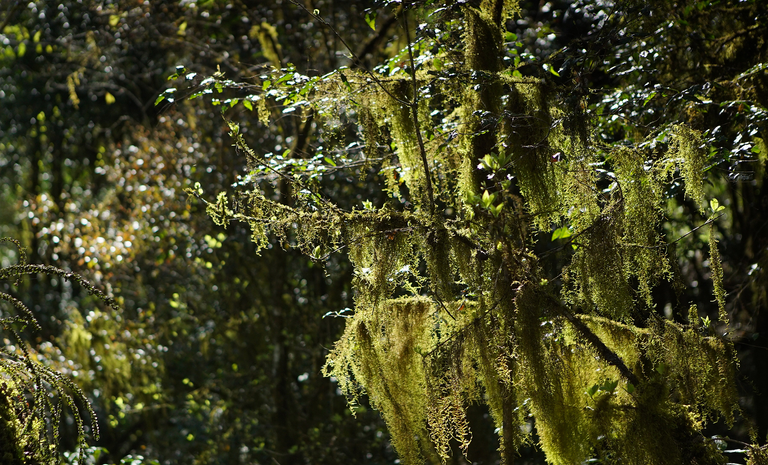
Source images / Fuente imágenes: Parque Nacional Baritú.


Sources consulted (my property) for the preparation of this article. Some paragraphs may be reproduced textually.
Fuentes consultadas (de mi propiedad) para la elaboración del presente artículo. Algunos párrafos pueden estar reproducidos textualmente.
| Argentina Discovery. |  |
|---|---|
| Galería Fotográfica de Argentina. |  |
| Viaggio in Argentina. |  |
| Patagonia Express. |  |

Telegram and Whatsapp
Thank you for selecting, curating and voting for my content @blurtconnect-ng.
Upvoted. Thank You for sending some of your rewards to @null. Read my last posts to make sure that BLURT burning is profitable for you. Before using this bot please make sure your account has at least 100 BP. Get more BLURT:
@ mariuszkarowski/how-to-get-automatic-upvote-from-my-accounts@ blurtbooster/blurt-booster-introduction-rules-and-guidelines-1699999662965@ nalexadre/blurt-nexus-creating-an-affiliate-account-1700008765859@ kryptodenno - win BLURT POWER delegationNote: This bot will not vote on AI-generated content
Thanks for the support to the entire healing team.